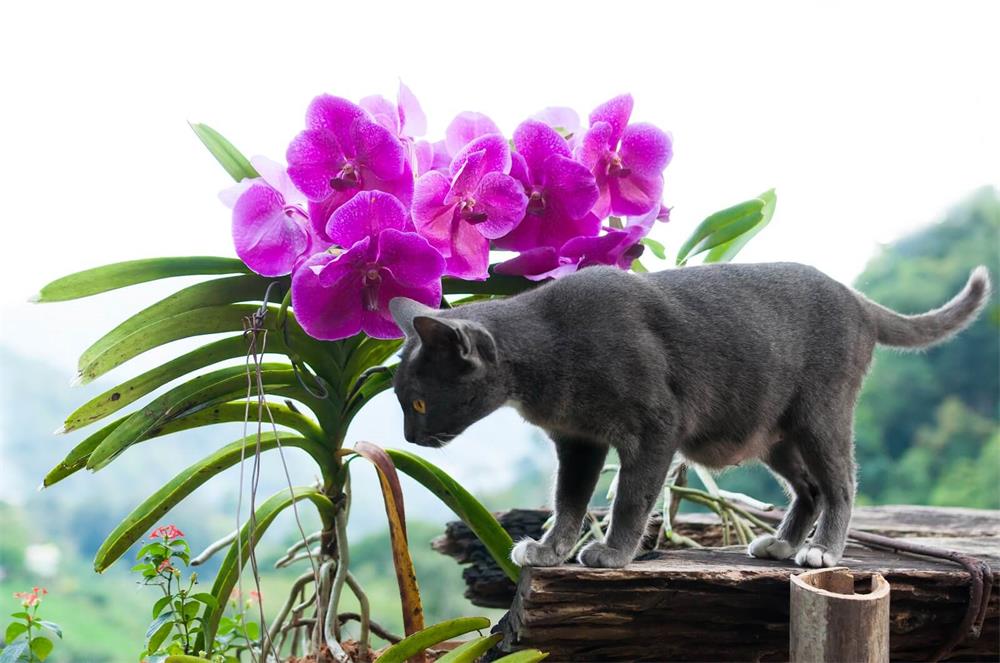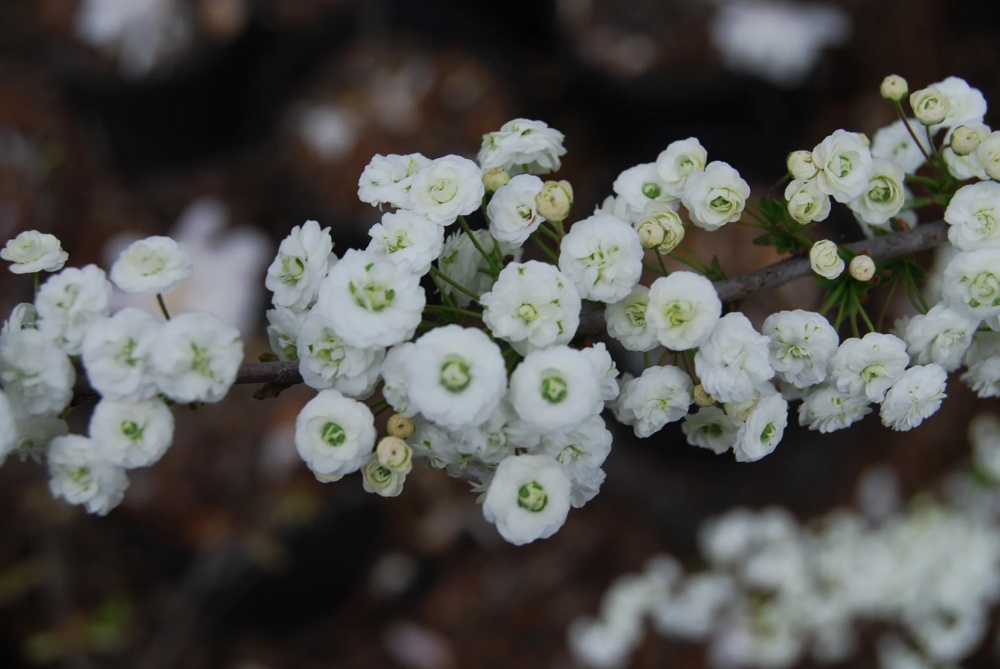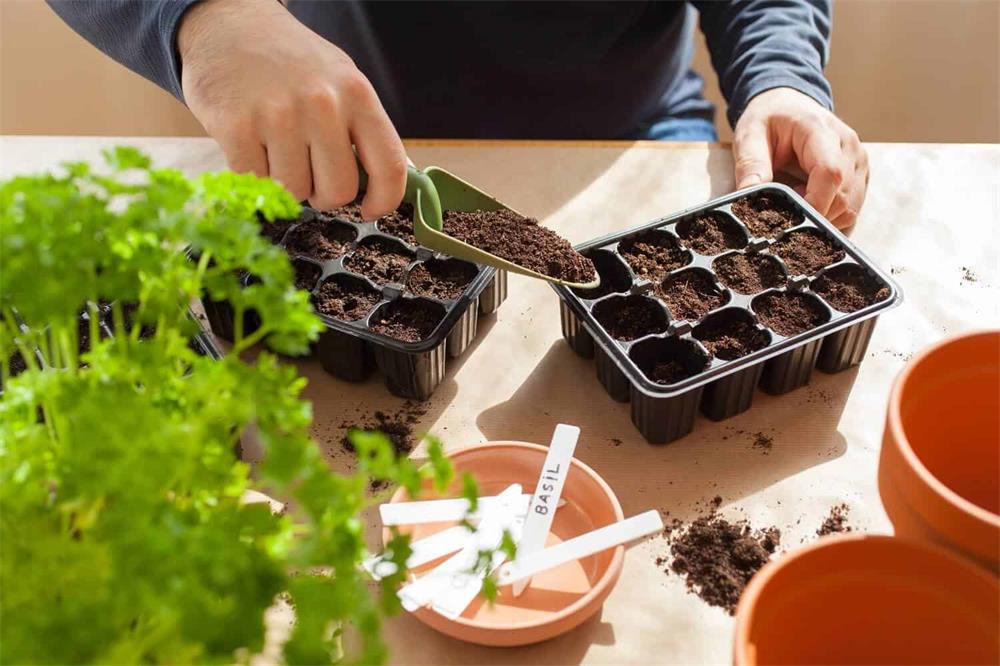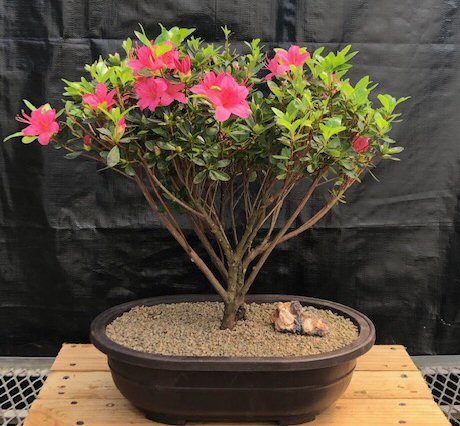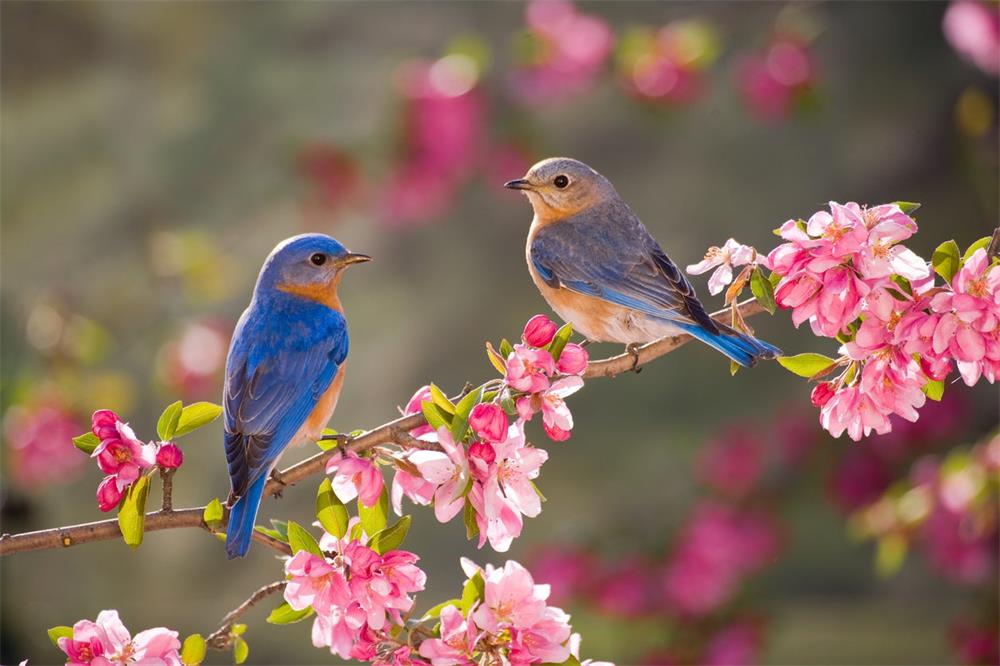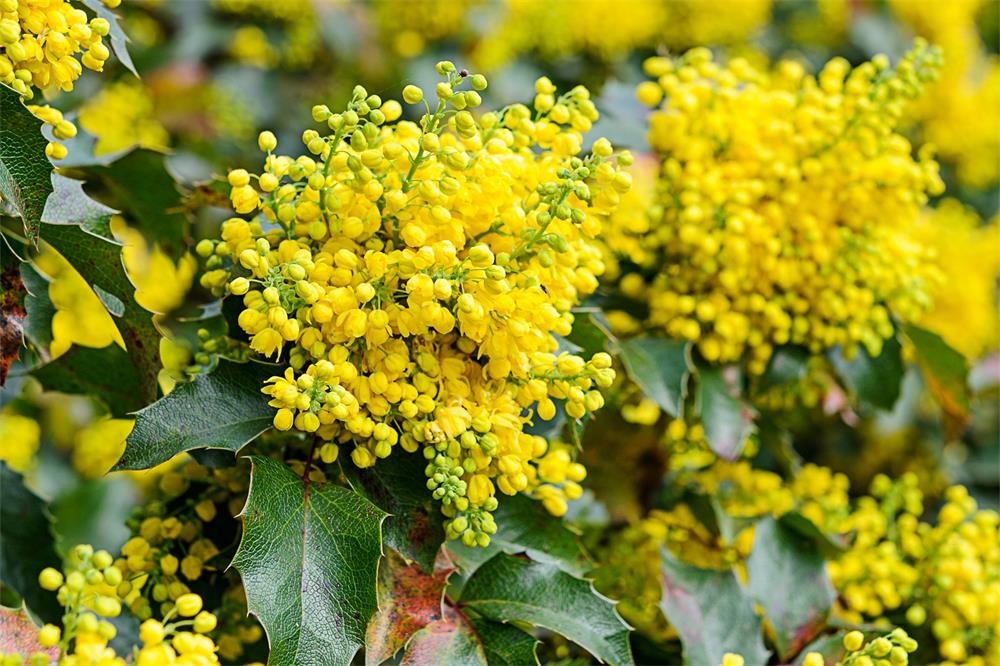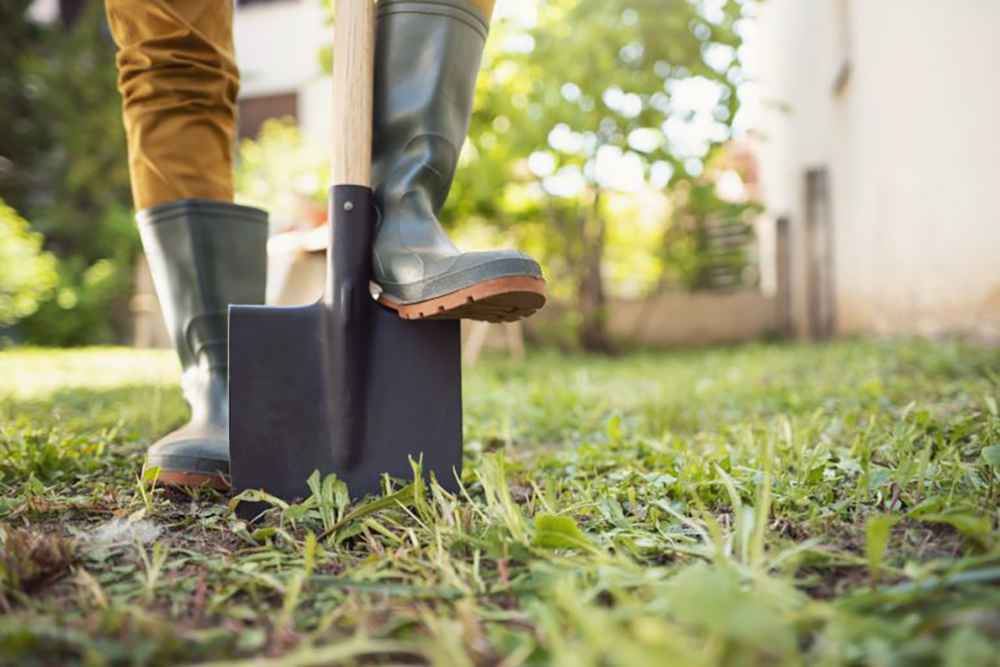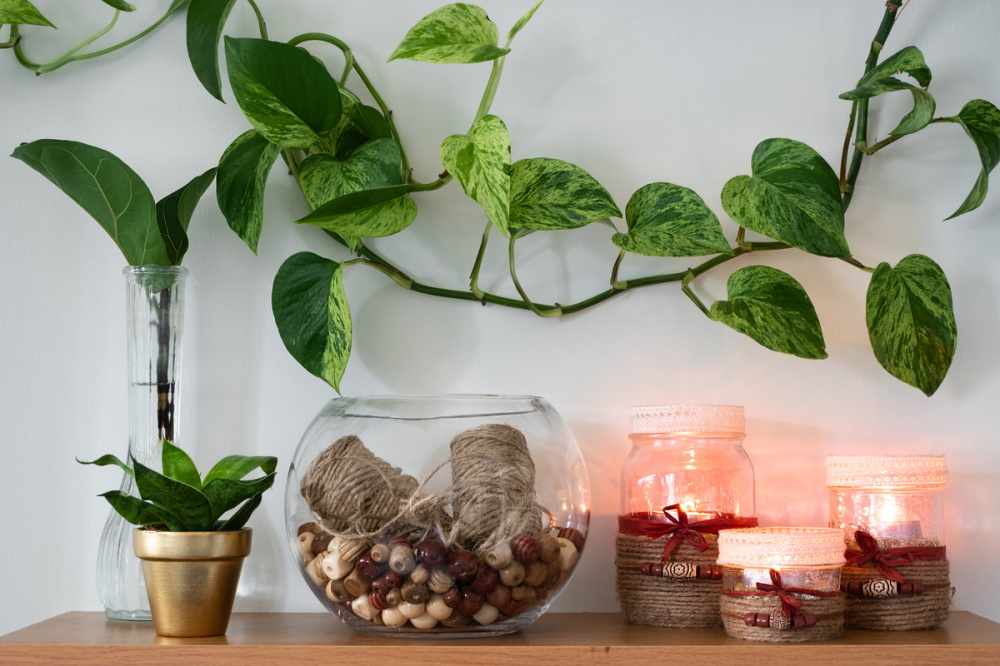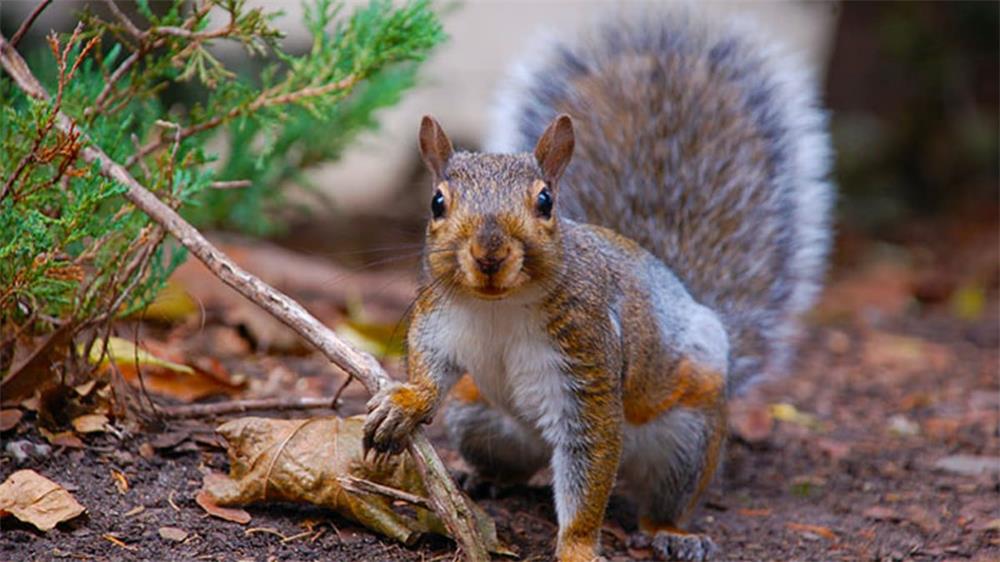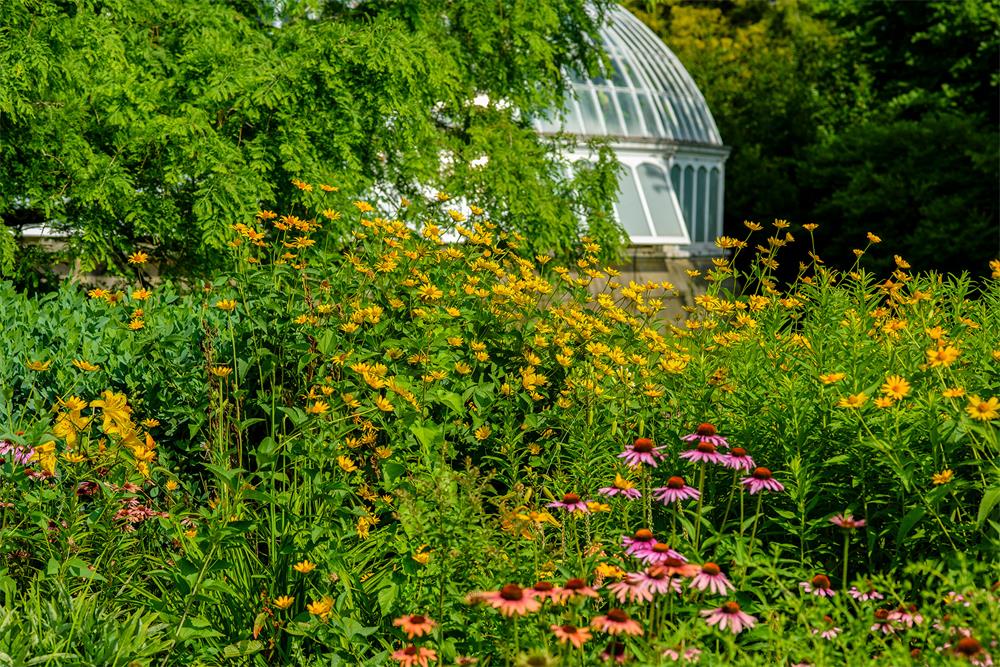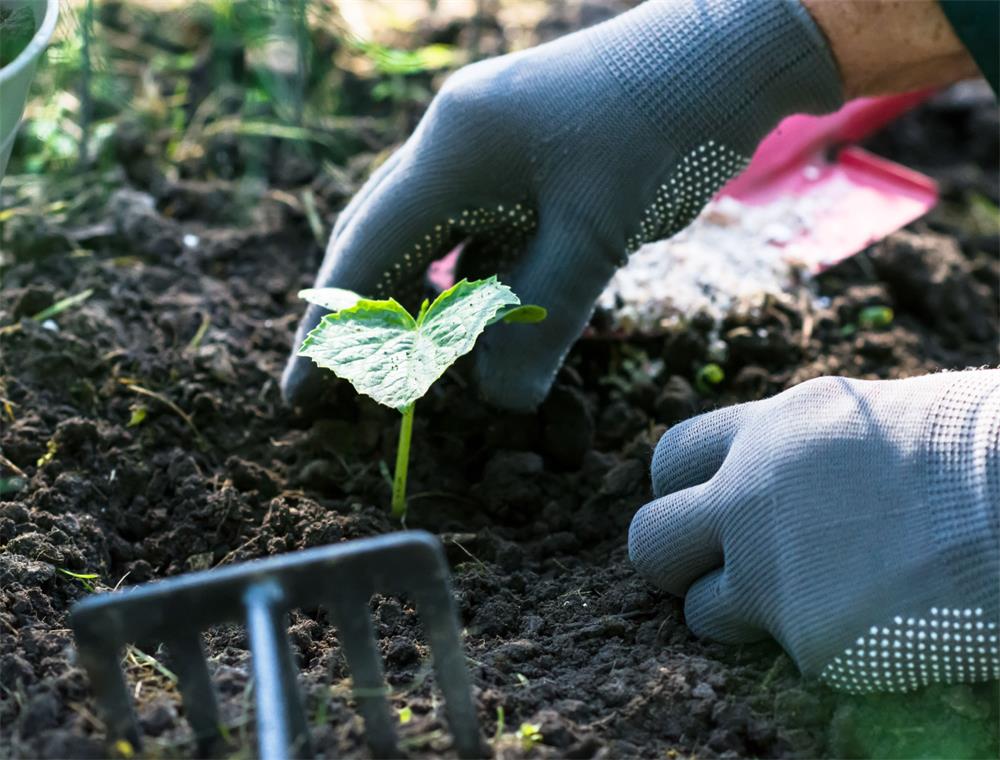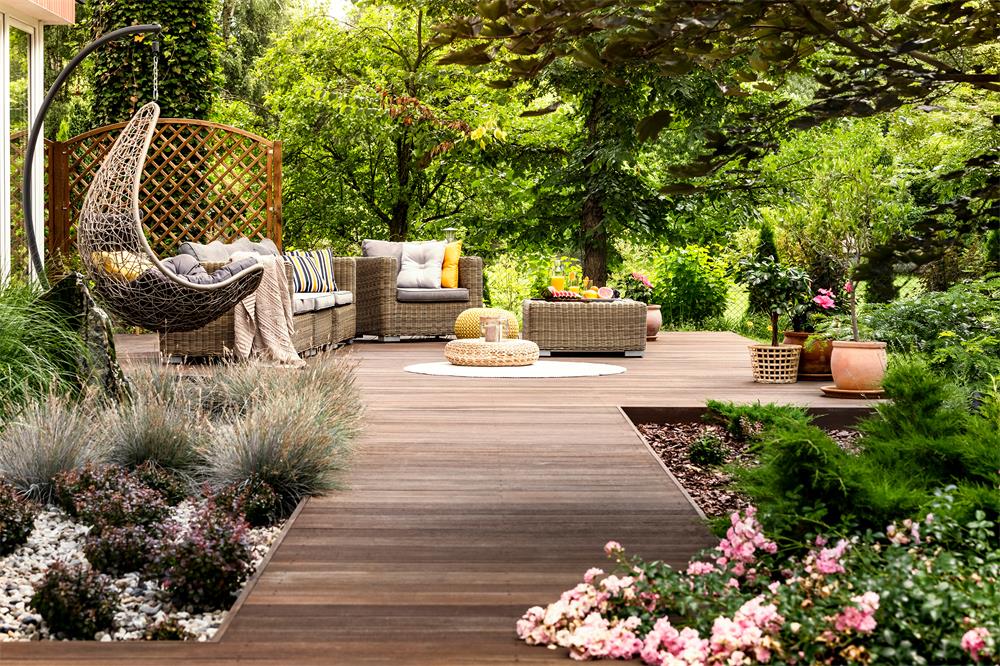
Table of Contents
Landscaping your own yard can be a rewarding and cost-effective way to improve the curb appeal and value of your home. But where do you start? How do you plan, design and execute your landscaping project? Here are 10 tips to help you do landscaping yourself and create a stunning outdoor space.
1. Gather ideas and inspiration
Before you dig into the dirt, you need to have a clear vision of what you want your yard to look like. A good way to do that is to collect ideas and inspiration from various sources, such as:
- Garden magazines, books and websites
- Pinterest boards and Instagram posts
- Your neighborhood and local gardens
- Botanical gardens and garden tours
- Online landscape design tools and apps
Look for elements that appeal to you, such as plants, colors, textures, styles, features and layouts. Save or print out the images that catch your eye and create a mood board or a scrapbook to organize your ideas.
2. Assess your site and conditions
The next step is to evaluate your site and determine what kind of conditions you have to work with. This will help you choose the right plants and materials for your landscaping project. Some of the factors to consider are:
- The size and shape of your yard
- The slope and drainage of your land
- The soil type and quality
- The sun exposure and climate
- The existing structures and utilities
- The views and privacy
- The challenges and opportunities
You can use a tape measure, a compass, a soil test kit and a camera to gather information about your site. You can also sketch a rough map of your yard and mark the important features and measurements.
3. Set a budget and prioritize your goals
Landscaping can be expensive, especially if you want to make major changes or add new features. That’s why it’s important to set a realistic budget for your project and stick to it. You can use online calculators or get quotes from local suppliers to estimate the costs of materials, plants, labor and equipment.
Once you have a budget, you need to prioritize your goals and decide what you want to achieve with your landscaping project. For example, do you want to:
- Enhance the appearance of your front yard
- Create a relaxing backyard oasis
- Grow edible plants or flowers
- Add entertainment or play areas
- Improve the functionality or accessibility of your space
- Solve problems such as erosion or flooding
Make a list of your goals and rank them according to their importance, feasibility and cost. This will help you focus on the most essential aspects of your landscaping project.
4. Design your landscape
Now that you have a clear idea of what you want and what you can afford, it’s time to design your landscape. You can use different methods to create a plan for your yard, such as:
- Pencil and paper: You can draw a scaled map of your yard on grid paper and use circles or symbols to represent the plants and features you want to add. You can also use tracing paper or colored pencils to experiment with different layouts and combinations.
- Computer programs: You can use software or apps that allow you to design your landscape on a grid, then view the results in 3D or from different angles. Some programs also have plant databases, cost estimators and other useful features.
- Professional services: You can hire a landscape designer or architect to create a plan for your yard based on your ideas, budget and site conditions. This can be more expensive but also more accurate and detailed.
Whichever method you choose, make sure your design is realistic, functional and aesthetically pleasing. Consider factors such as scale, proportion, balance, contrast, harmony, focal points, movement and maintenance.
5. Choose your plants wisely
One of the most important aspects of landscaping is choosing the right plants for your yard. Plants can provide color, texture, fragrance, shade, privacy, wildlife habitat and more. But they also have different needs and characteristics that affect their growth and performance.
When choosing plants for your landscaping project, consider:
- Their hardiness zone: This is a measure of how well they can tolerate cold temperatures in winter. Choose plants that are suitable for your climate zone or higher.
- Their sun exposure: This is how much direct sunlight they need or tolerate during the day. Choose plants that match the sun exposure of your site or provide shade if needed.
- Their water requirements: This is how much water they need or prefer to thrive. Choose plants that are drought-tolerant or water-efficient if you live in a dry area or want to conserve water.
- Their soil preferences: This is the type and quality of soil they grow best in. Choose plants that are adaptable to your soil type or amend your soil if needed.
- Their size and shape: This is how big and tall they will grow and how they will spread or branch out. Choose plants that fit your space and design and prune them if necessary.
- Their bloom time and color: This is when and how long they will produce flowers and what color they will be. Choose plants that offer year-round interest or complement each other in different seasons.
- Their maintenance needs: This is how much care and attention they will require to stay healthy and attractive. Choose plants that are easy to maintain or suit your lifestyle and skills.
You can use online databases, plant catalogs, nursery labels or books to find information about different plants and their characteristics. You can also ask for advice from local experts, such as gardeners, landscapers or extension agents.
6. Incorporate hardscape elements
Hardscape elements are the non-living features that add structure, function and style to your landscape. They include things like:
- Paths and walkways
- Patios and decks
- Walls and fences
- Arbors and trellises
- Pergolas and gazebos
- Fire pits and fireplaces
- Water features and fountains
- Statues and sculptures
- Lighting and furniture
Hardscape elements can enhance your landscape by:
- Defining spaces and creating boundaries
- Providing access and circulation
- Offering seating and entertainment areas
- Creating focal points and accents
- Adding contrast and texture
- Solving problems such as drainage or erosion
When incorporating hardscape elements into your landscape, consider:
- The materials: Choose materials that are durable, weather-resistant, eco-friendly and compatible with your style and budget. Some common materials are wood, stone, brick, concrete, metal, glass and plastic.
- The installation: Decide whether you can install the hardscape elements yourself or you need to hire a professional contractor. Some elements may require permits, inspections or special equipment.
- The maintenance: Consider how much work and cost it will take to keep the hardscape elements in good condition. Some elements may need cleaning, sealing, painting or repairing over time.
You can find inspiration and ideas for hardscape elements from magazines, websites, catalogs or showrooms. You can also use online tools or apps to visualize how they will look in your yard.
7. Add mulch and edging
Mulch is a layer of organic or inorganic material that covers the soil around your plants. Edging is a border or a barrier that separates your planting beds from your lawn or other areas. Mulch and edging can improve your landscape by:
- Retaining moisture and reducing evaporation
- Suppressing weeds and preventing erosion
- Regulating soil temperature and improving fertility
- Protecting roots and stems from damage
- Enhancing appearance and adding color
When adding mulch and edging to your landscape, consider:
- The type: Choose a type of mulch that suits your needs, preferences and budget. Some common types are bark, wood chips, straw, pine needles, gravel, rubber, plastic and fabric.
- The amount: Apply a layer of mulch that is 2 to 4 inches thick around your plants. Avoid piling it too high or too close to the plant stems or trunks.
- The frequency: Replenish the mulch as it decomposes or washes away over time. Usually once or twice a year is enough.
- The style: Choose a style of edging that matches your design and materials. Some common styles are brick, stone, metal, plastic, wood or plants.
You can buy mulch and edging from garden centers, nurseries or home improvement stores. You can also make your own mulch from leaves, grass clippings or compost.
8. Install irrigation systems
Irrigation systems are devices that deliver water to your plants automatically or manually. They include things like:
- Sprinklers and spray heads
- Drip lines and emitters
- Soaker hoses and bubblers
- Timers and controllers
- Valves and sensors
Irrigation systems can improve your landscape by:
- Saving water and money
- Reducing runoff and pollution
- Increasing efficiency and convenience
- Promoting plant health and growth
- Preventing diseases and pests
When installing irrigation systems in your landscape, consider:
- The layout: Plan the layout of your irrigation system according to your site conditions, plant needs and water sources. Use a map or a diagram to mark the locations of the components and the connections.
- The installation: Decide whether you can install the irrigation system yourself or you need to hire a professional installer. Some systems may require digging, wiring or plumbing.
- The maintenance: Consider how much work and cost it will take to keep the irrigation system in good working order. Some systems may need adjusting, cleaning, winterizing or repairing over time.
You can buy irrigation systems from garden centers, nurseries or home improvement stores. You can also use online tools or apps to design and calculate your irrigation system.
9. Add lighting and accessories
Lighting and accessories are the finishing touches that add charm, personality and ambiance to your landscape. They include things like:
- Lanterns and candles
- String lights and fairy lights
- Spotlights and floodlights
- Solar lights and LED lights
- Birdhouses and feeders
- Wind chimes and bells
- Planters and pots
- Signs and plaques
Lighting and accessories can improve your landscape by:
- Illuminating paths and features
- Enhancing safety and security
- Creating mood and atmosphere
- Attracting wildlife and insects
- Expressing your style and taste
When adding lighting and accessories to your landscape, consider:
- The purpose: Choose lighting and accessories that serve a specific function or create a desired effect in your yard. For example, use spotlights to highlight a focal point or use candles to create a romantic mood.
- The placement: Place lighting and accessories where they will be visible, effective and attractive in your yard. For example, hang string lights along a fence or place planters on a patio.
- The power: Decide how you will power your lighting and accessories. Some options are electricity, batteries, solar energy or candles.
- The maintenance: Consider how much work and cost it will take to keep your lighting and accessories in good condition. Some items may need cleaning, replacing or storing over time.
You can buy lighting and accessories from garden centers, nurseries, home improvement stores or online shops. You can also make your own lighting and accessories from recycled or repurposed materials.
10. Maintain your landscape
The last tip for doing landscaping yourself is to maintain your landscape regularly and properly. This will ensure that your yard stays healthy, beautiful and enjoyable for years to come. Some of the tasks you need to do are:
- Watering: Water your plants according to their needs and the weather conditions. Use irrigation systems, hoses or watering cans to deliver water evenly and deeply.
- Weeding: Remove weeds from your planting beds, lawn or other areas. Use mulch, edging or herbicides to prevent weed growth.
- Pruning: Cut back dead, diseased or unwanted branches from your trees, shrubs or other plants. Use pruning tools such as shears, saws or loppers to make clean cuts.
- Fertilizing: Apply fertilizer to your plants to provide them with nutrients and boost their growth. Use organic or synthetic fertilizer according to the instructions and the plant type.
You can use a calendar, a checklist or an app to schedule and track your maintenance tasks. You can also hire a professional landscaper or gardener to help you with some of the tasks if needed.
Conclusion
Doing landscaping yourself can be a fun and rewarding way to transform your yard into your dream outdoor space. By following these 10 tips, you can plan, design and execute your landscaping project with confidence and ease. You can also save money, express your creativity and enjoy the fruits of your labor.
- Mowing: Cut your lawn to a suitable height and frequency to keep it neat and healthy. Use a mower, a trimmer or a scythe to cut the grass blades evenly.
- Raking: Collect fallen leaves, twigs or other debris from your yard. Use a rake, a blower or a vacuum to gather and dispose of them.
- Cleaning: Wash your hardscape elements, lighting and accessories to remove dirt, stains or damage. Use water, soap, brushes or cleaners to clean them gently and thoroughly.



